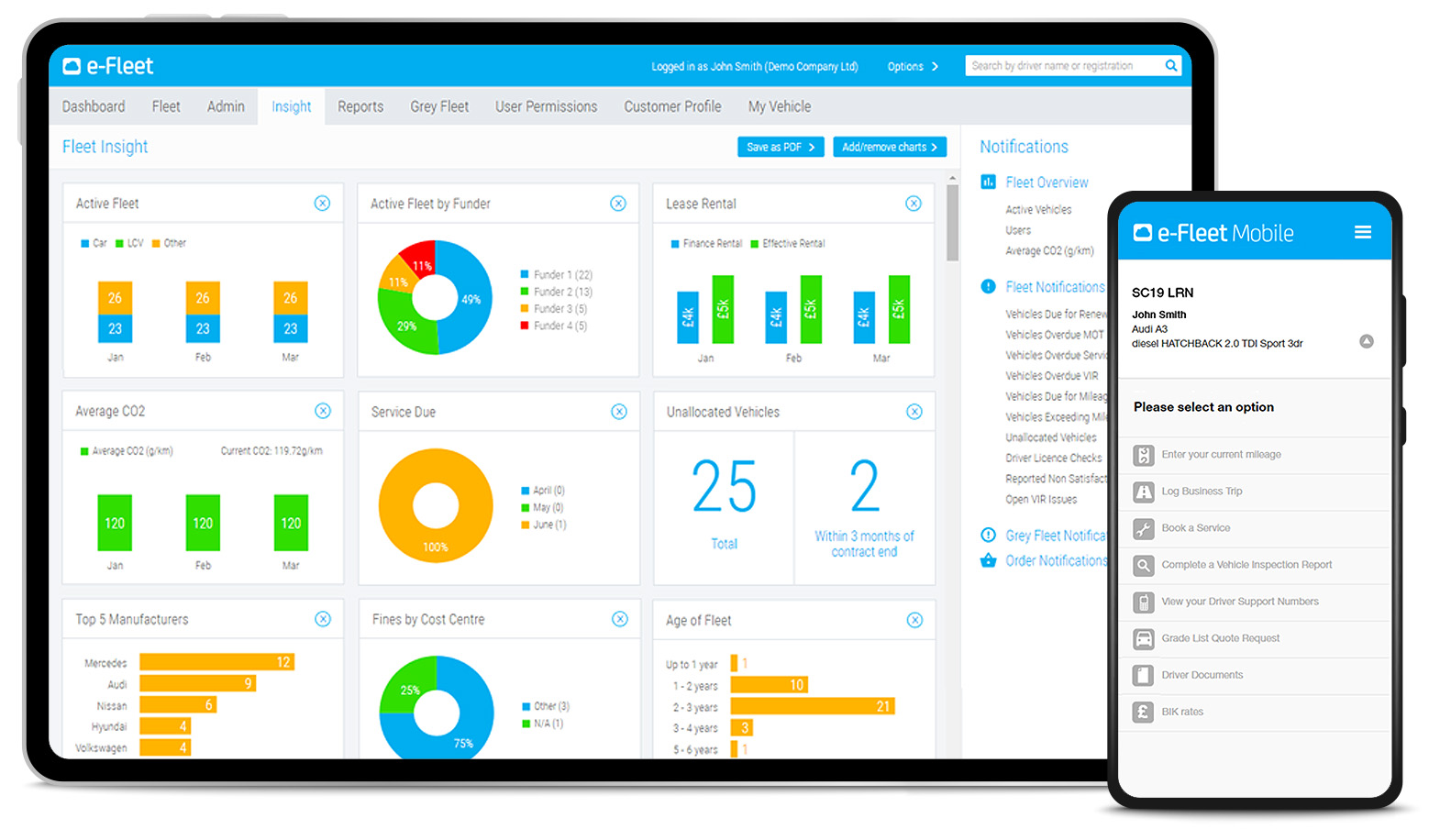The benefits of switching your fleet to panel funding
Rather than rely on single-source funding for reducing fleet administration, there are significant benefits from choosing panel funding through a single supplier approach, which not only provides significant fleet cost savings, but the administrative efficiencies of a single-source fleet management company suggests Rob Wentworth-James, Corporate Sales Director at Fleet Alliance. How does this really work … Continued


